
Jojo Rabbit Gets 1.3x Squeeze for 1.85
Jojo Rabbit is not your usual black comedy. Dark and satirical, it’s a World War II-period coming-of-age story about a ten-year-old boy whose imaginary friend is Adolf Hitler, and whose mother is hiding a teenaged Jewish girl in their home. To craft visuals with the perfect tone, director Taika Waititi turned to director of photography Mihai Malaimare, Jr.
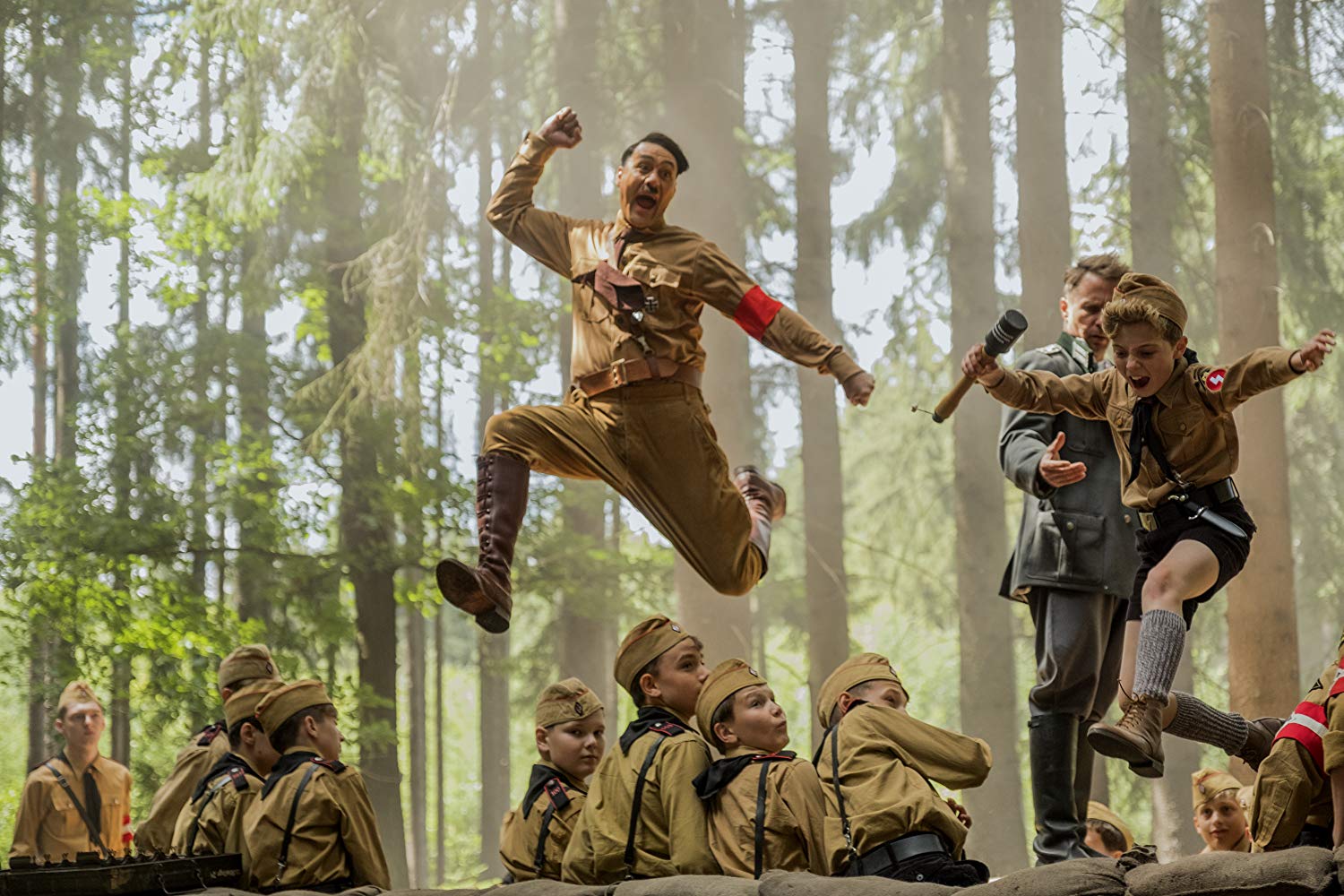
A graduate of the national film school in his native Romania, Malaimare has a track record of shooting with nonstandard formats and aspect ratios in his quest to present stories as he sees them in his mind. In 2012, he shot Paul Thomas Anderson’s The Master on a combination of 35mm and 65mm film emulsion, earning a Golden Frog nomination at the Camerimage Festival. The Hate U Give, his 2018 film with director George Tillman, also blended formats and squeeze factors to differentiate two worlds. Throughout his career, Malaimare has used still photography as a method of finding the right vision for a given project.
“When I was in film school in Romania, my classmates and I talked about how grand it would be to shoot a film using Hawk lenses,” he recalls.
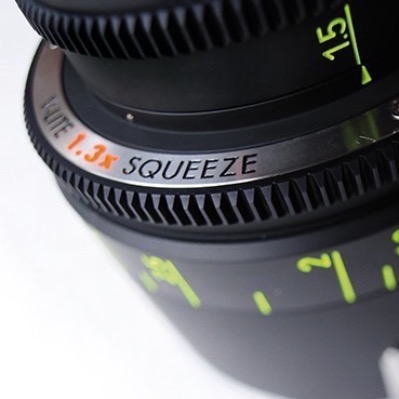
Hawk V‑Lite Anamorphics 1.3x Squeeze
On Jojo Rabbit, he was able to make that dream come true, choosing to shoot most of the film on Hawk V‑Lite 1.3x anamorphic lenses, supplemented with VantageOne T1 spherical primes. The 1.3x squeeze factor of the V‑Lites was combined with a 4x3 Alexa full sensor to deliver a 1.85 frame with distinct anamorphic flavor.
“We did extensive camera testing to find the right aspect ratio,” says Malaimare. “As far as I knew at that time, there was only one movie done that way – Promised Land, shot by Linus Sandgren. When I read about that film, I was really happy to realize that I wasn’t the only crazy person thinking of this approach. The tests were interesting and revealing. You still get anamorphic flare, but not as pronounced as with 2x. You can shoot 2x anamorphics and crop to get a 1.85, but it’s not the same feeling – you’re losing the most interesting part of the lens, the falloff around the edges.”

VantageOne T1 Spherical Prime Lenses
The spherical VantageOne T1 lenses came into play in tight spaces or low light situations, or when Malaimare wanted to maintain a certain field of view without the distortion of the 1.3s at wider focal lengths. In those cases, he kept the stop closed down somewhat. “The T1s have a specific look wide open, but stopped down, they start to look closer to the V‑Lites,” he says. “Working closely with my DIT, Eli Berg, we were able to compensate and make the transition feel seamless. With all the tools we have today, it’s easy to match them.”
The filmmakers avoided the temptation to depict WWII-era scenes with desaturated or monochromatic images. “It’s strange how we’re so used to black and white footage from that era,” Malaimare says. “It’s shocking when you see color images from that time. We decided to keep everything saturated and colorful. It’s about a ten-year-old kid, and we wanted to be true to his perspective.”
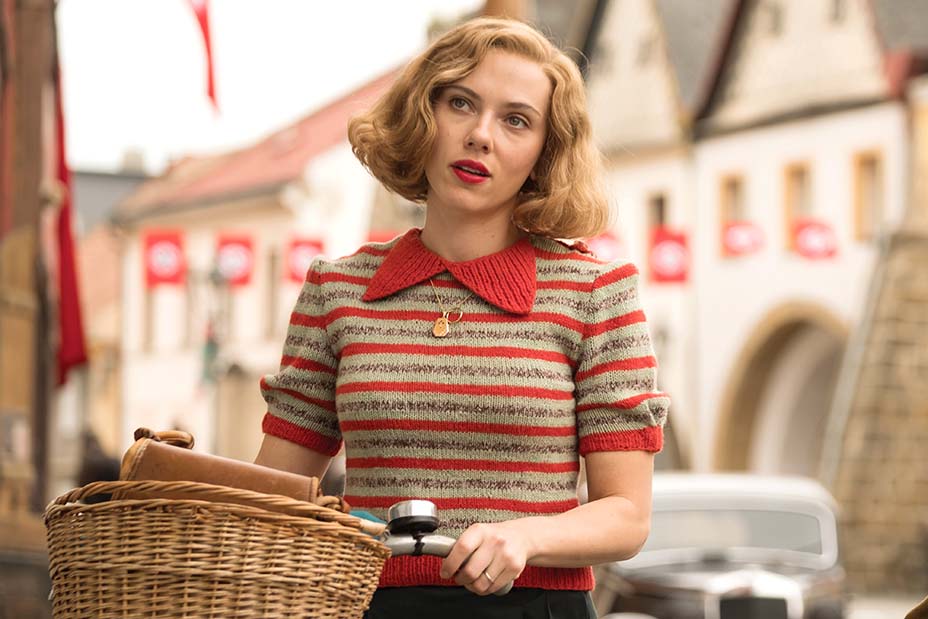
Stages were built in Prague housing the boy’s home, among other settings. The sets were scaled slightly larger and provided some flexibility, but came with their own issues.
“I like finding myself in a situation where you have a lot of restrictions, because it forces you to find better and more artistic solutions,” says Malaimare. “For Jojo Rabbit, we shot in small towns a few hours from Prague. In general, they did a great job of hiding the modern elements like air conditioners and modern roofs. But shooting an exterior wide shot with the 20 or the 28mm 1.3x V‑Lite anamorphic would give us enough falloff to make the roofs seem less perfect and more in tune with the period.
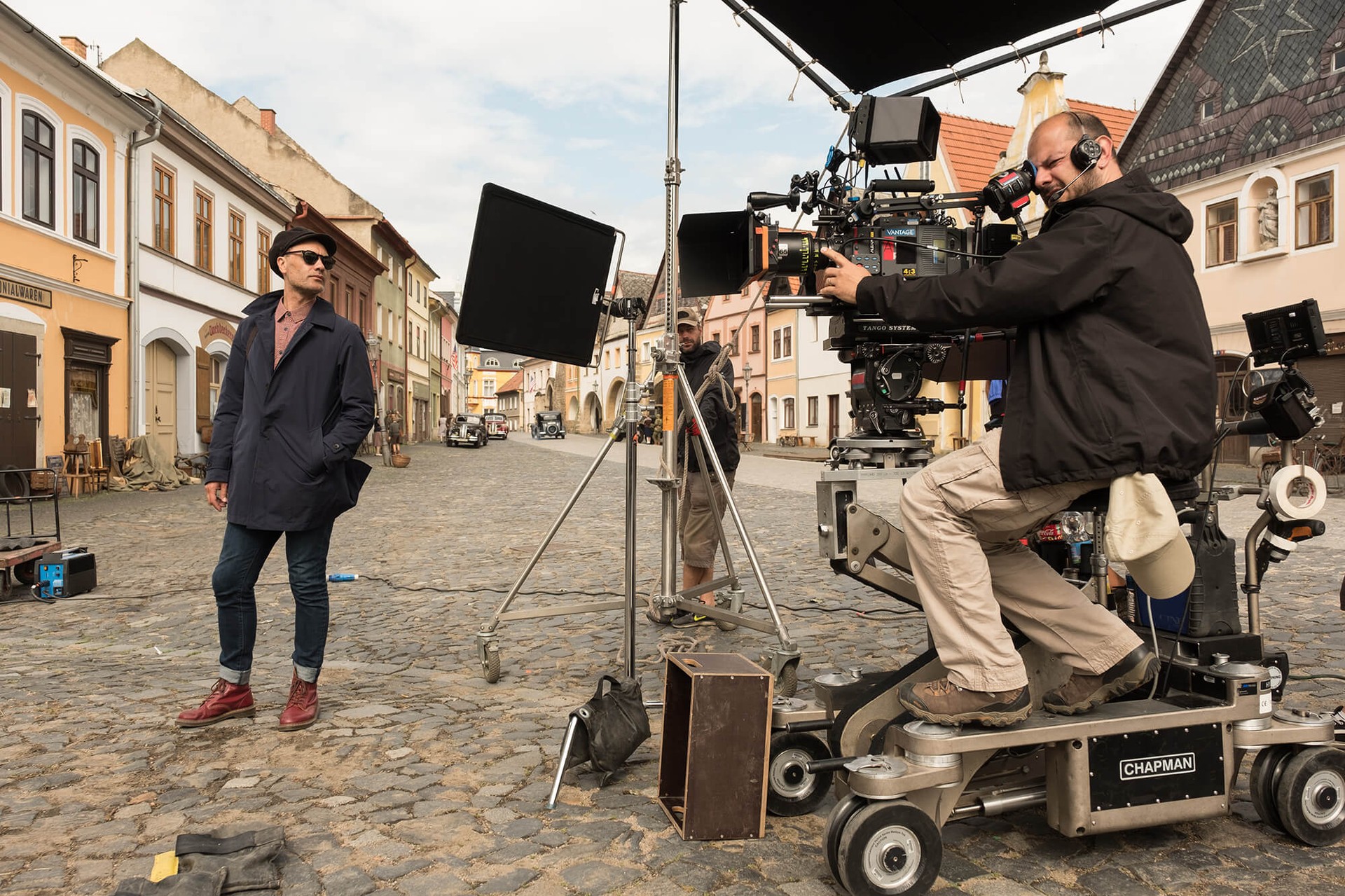
“In one situation, we needed a 14mm, really wide and beyond the range of the anamorphics,” he recalls. “So we used a Shift & Tilt lens system just to recreate a little bit of that distortion. These days, I enjoy using all the older tools, which can also help make the digital sensor look less crisp. If you have a lens that is tinted slightly different, you can correct it with the help of your DIT. When it’s right for the story, that’s what makes cinematography interesting, and the people behind the Hawk lenses get that.”
Jojo Rabbit premiered at the Toronto International Film Fest, where it won the top prize. The film was cited by the AFI and the National Board of Review as one of the year’s ten best.
Watch Cinematographer Mihai Mălaimare Jr. on Making Jojo Rabbit here
Watch the trailer here
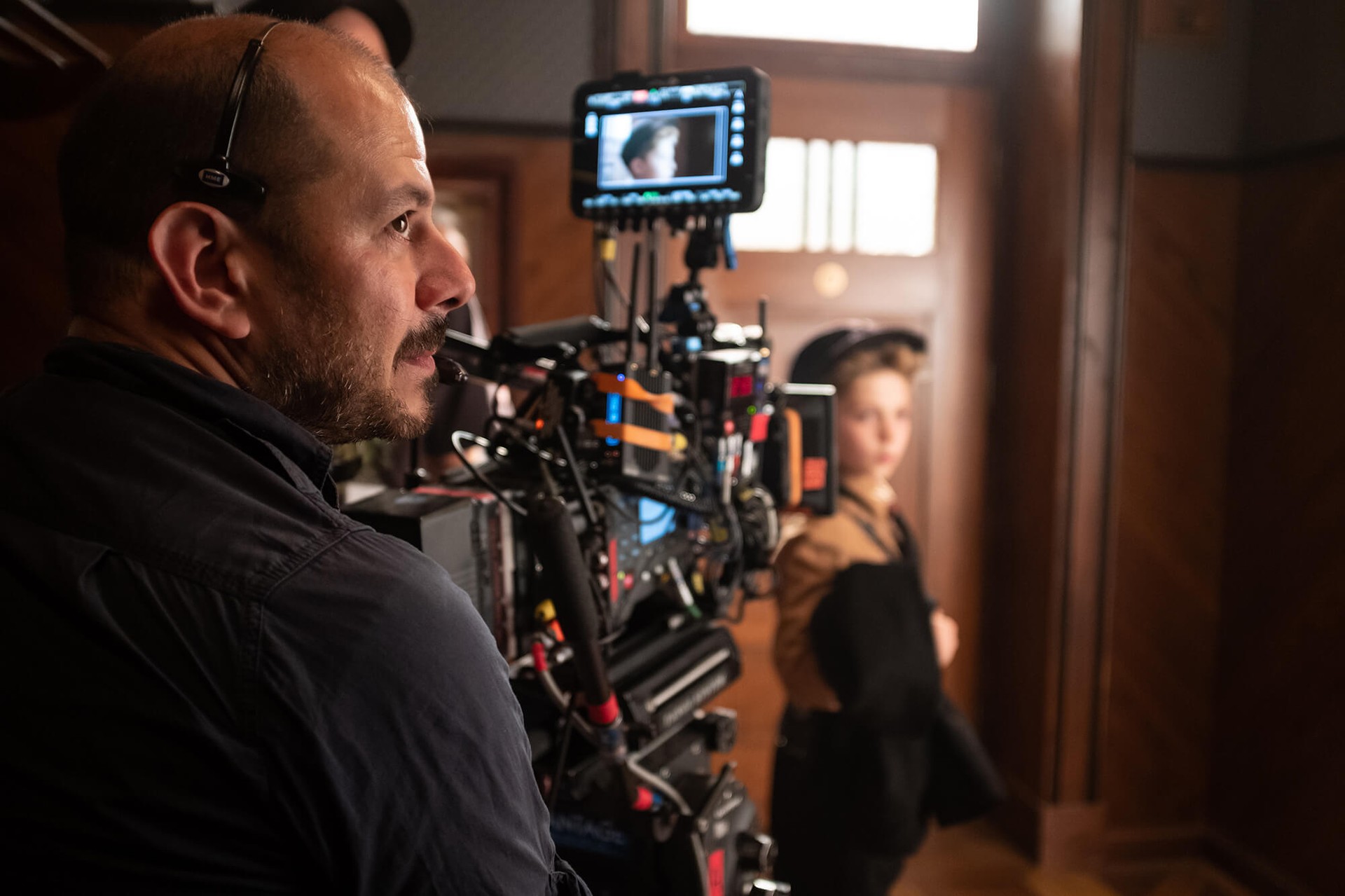
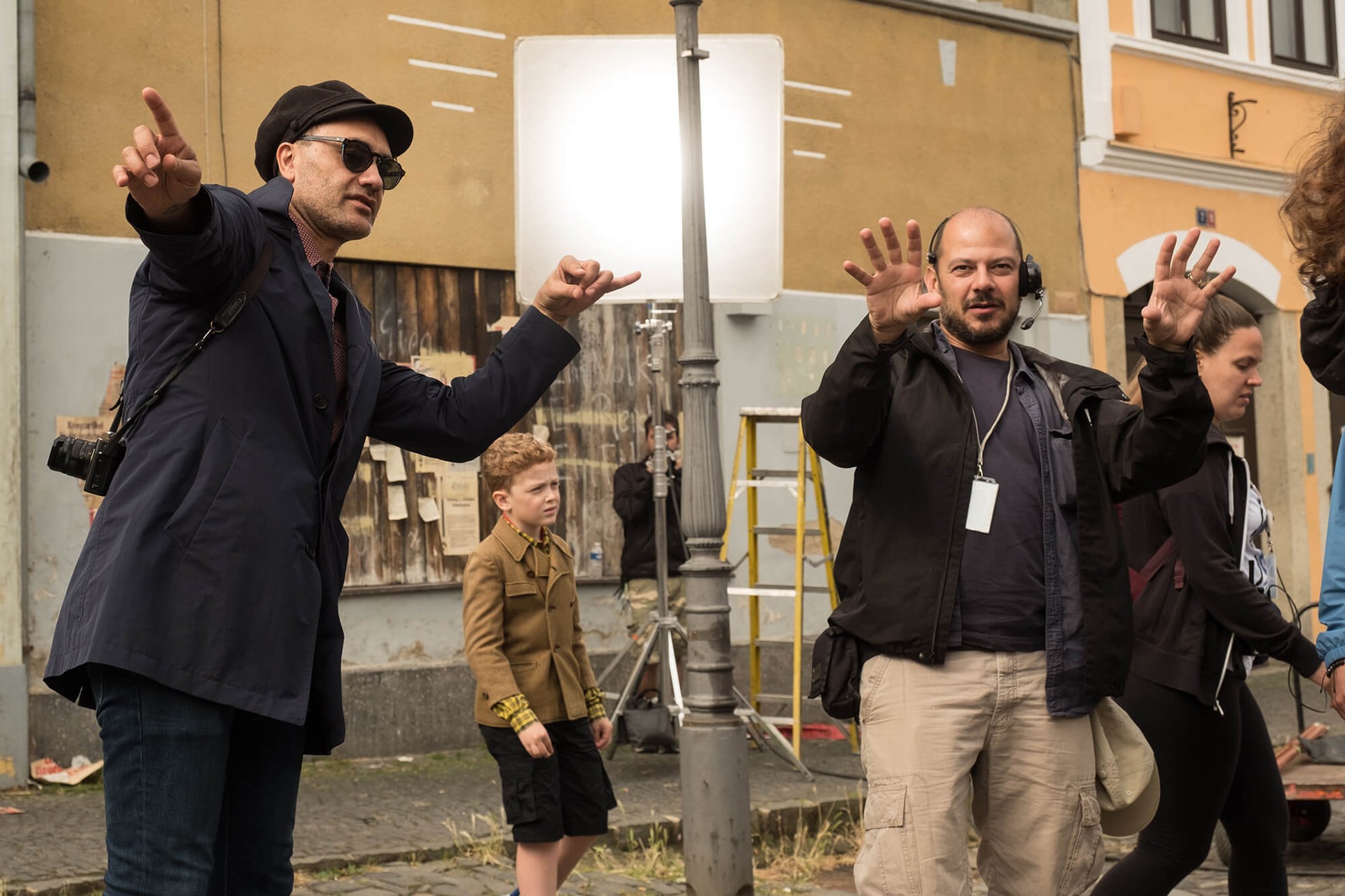
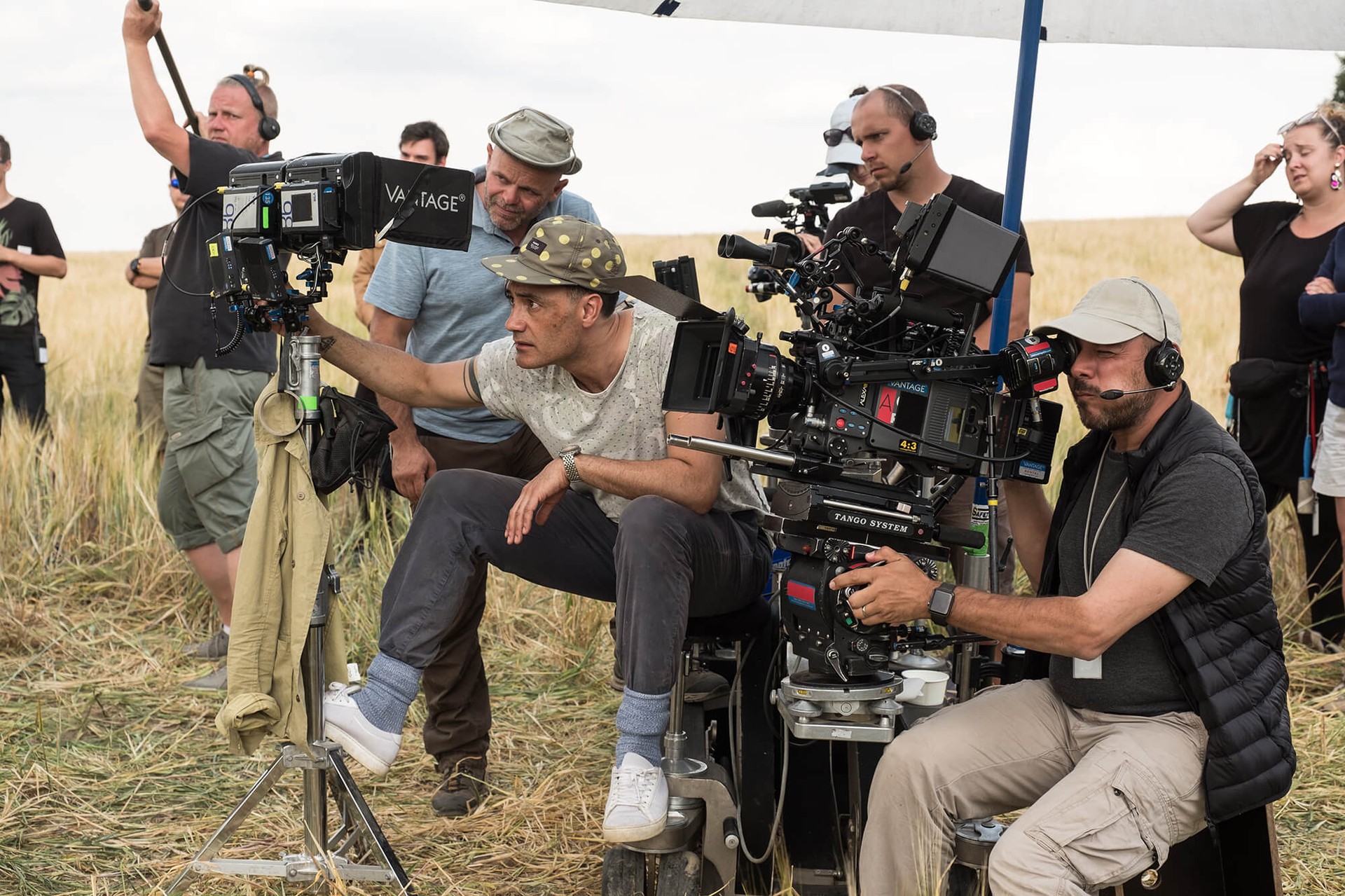
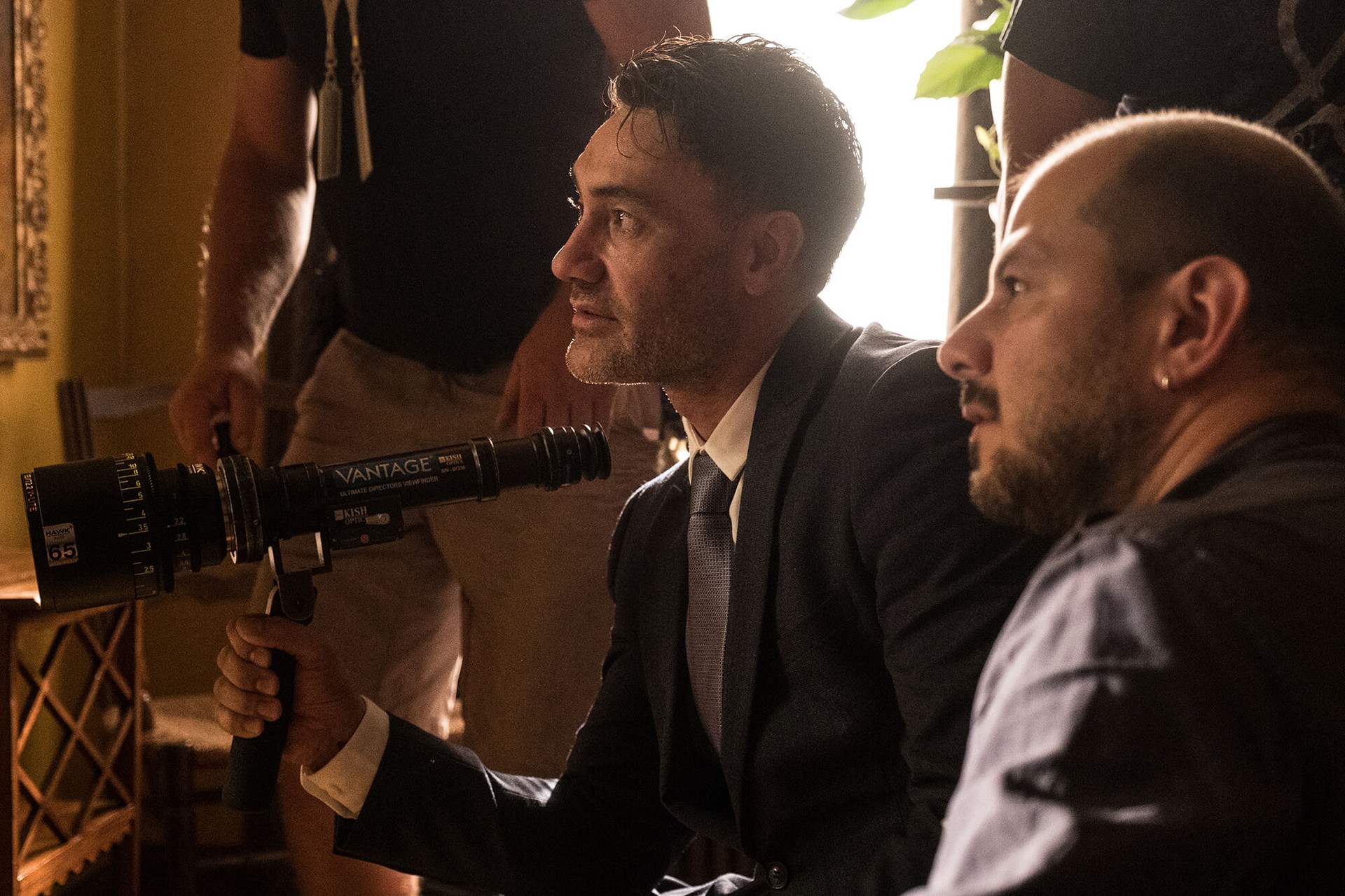
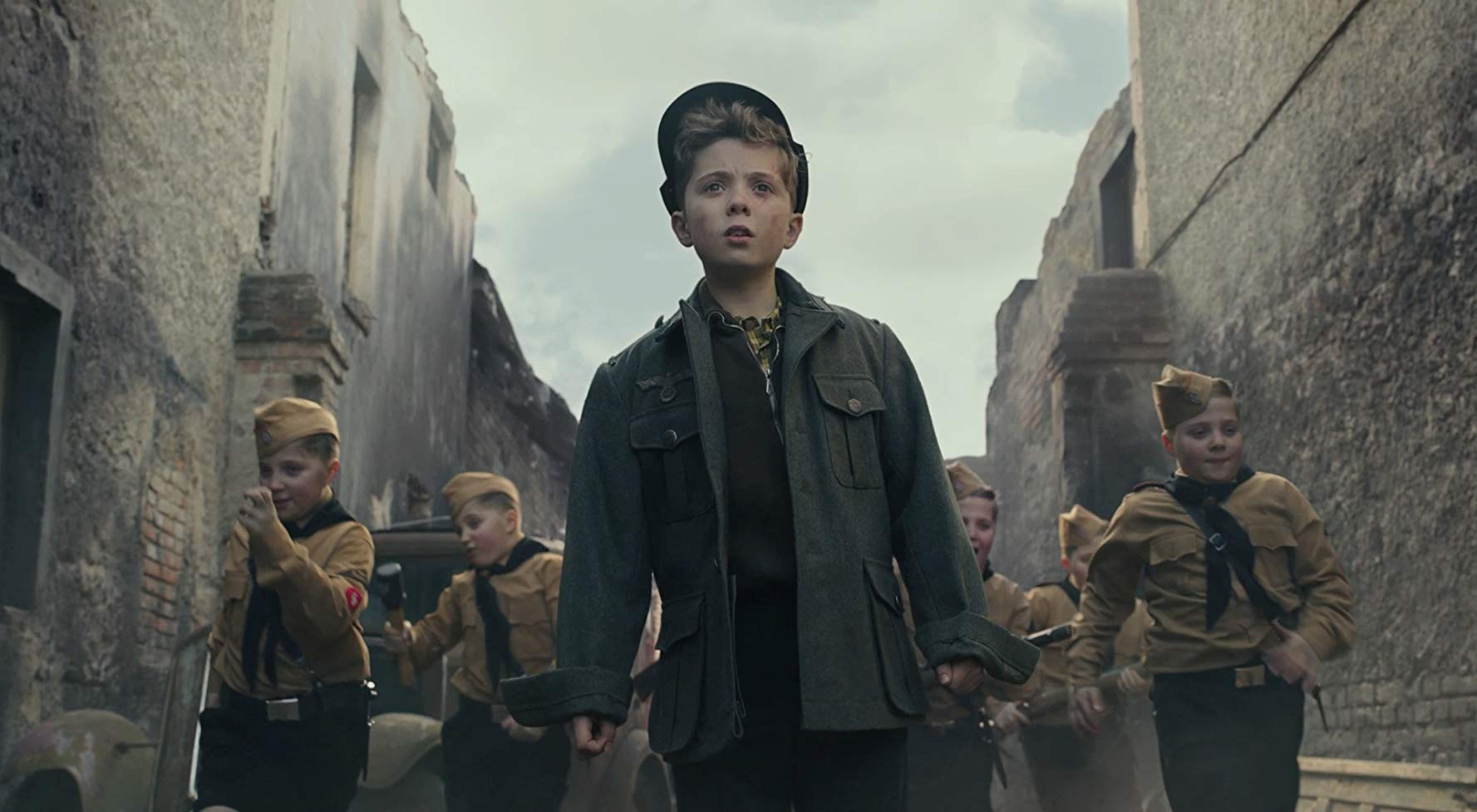

images: Vantage Film/Kimberly French/imdb